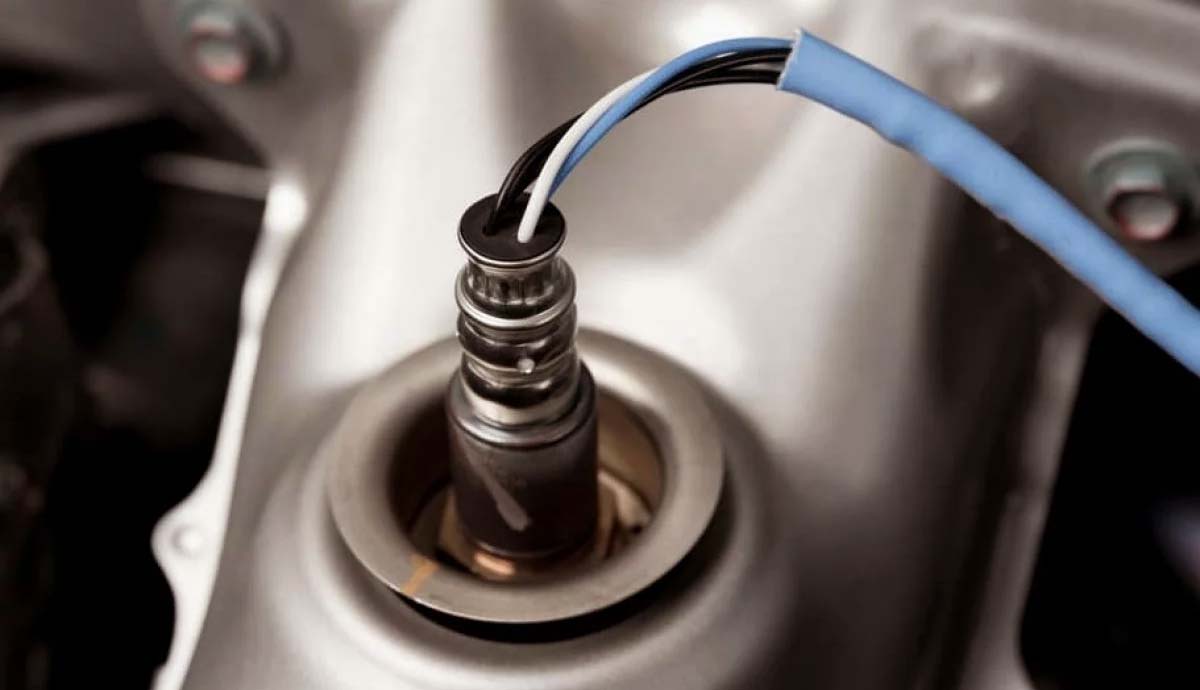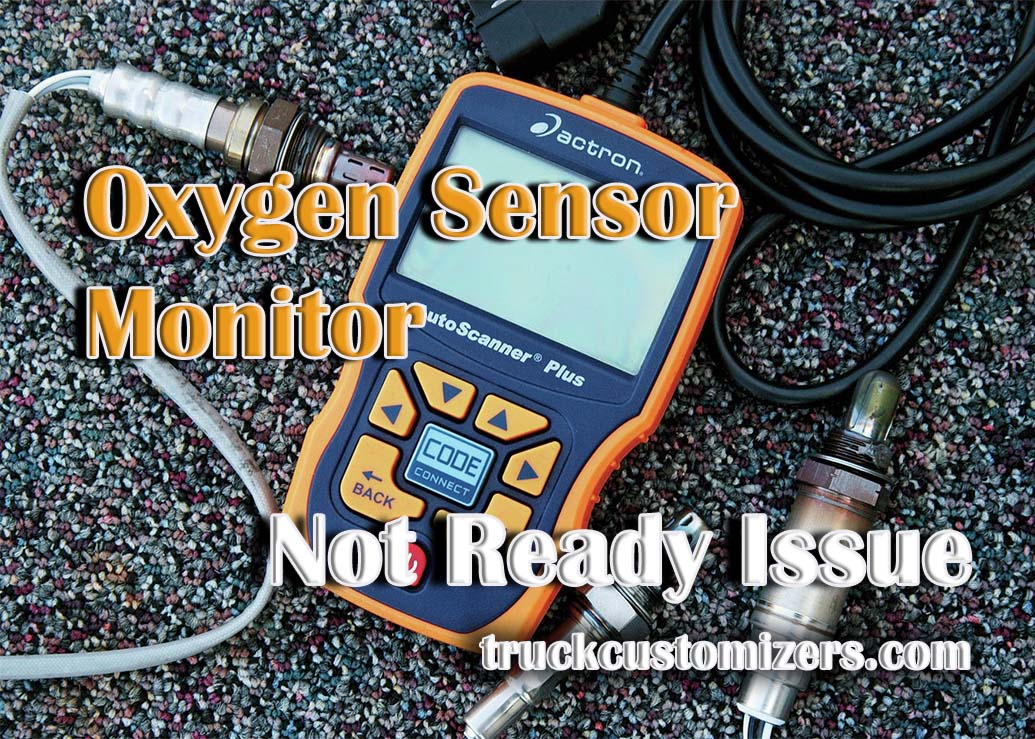It’s important for any car owner to know how to diagnose and fix an oxygen sensor monitor not ready issue. Faulty oxygen sensors can lead to a decrease in fuel efficiency, increases in emissions, and poor performance. In this article, we’ll provide a comprehensive guide that covers all the essential information you need to know about this problem.
What is an Oxygen Sensor Monitor?
An oxygen sensor monitor is responsible for controlling the air-fuel ratio of your vehicle. It works by monitoring the amount of oxygen in the exhaust system and then relaying this information back to the engine’s computer so that it can adjust accordingly. If your oxygen sensor isn’t working properly, it could cause a variety of issues with your engine’s performance.
What Causes an Oxygen Sensor Monitor Not Ready Issue?
There are several potential causes for an oxygen sensor monitor not ready issue: faulty parts, corroded wiring, or a dirty mass air flow (MAF) sensor. If any of these components are damaged or malfunctioning, it can prevent the proper functioning of your vehicle’s OBD-II system — which is necessary for diagnosing and fixing the problem.

Diagnosing and Fixing the Problem
In order to diagnose and fix an oxygen sensor monitor not ready issue, you’ll need to check for any faulty parts, replace any that are broken or malfunctioning, and reset your vehicle’s OBD-II system. Here’s how to do it:
Checking for Faulty Parts
The first step in diagnosing and fixing an oxygen sensor monitor not ready issue is to check for any faulty parts. This includes inspecting all the wiring, connectors, sensors, relays, and other components of the OBD-II system. If you find anything that looks worn or damaged, it should be replaced before continuing with the next step.
Replacing Faulty Parts
If there are any faulty parts that need to be replaced, it’s important to use only genuine OEM parts when doing so. These can be purchased online or from a local automotive store — depending on what type of vehicle you’re driving. Replacing these components can help restore proper functioning of your car’s OBD-II system and resolve the oxygen sensor monitor not ready issue once and for all.
Resetting the OBD-II System
Once all the faulty parts have been replaced, you’ll need to reset your vehicle’s OBD-II system. This can usually be done by disconnecting the battery for a few minutes and then reconnecting it. If you’re unsure of how to do this, consult your vehicle’s manual for specific instructions on how to reset the system.
Conclusion
We hope this article has provided all the information you need to know about troubleshooting an oxygen sensor monitor not ready issue in your vehicle. By following these steps, you should be able to diagnose and fix the problem quickly and without any additional help from a mechanic or automotive shop.



